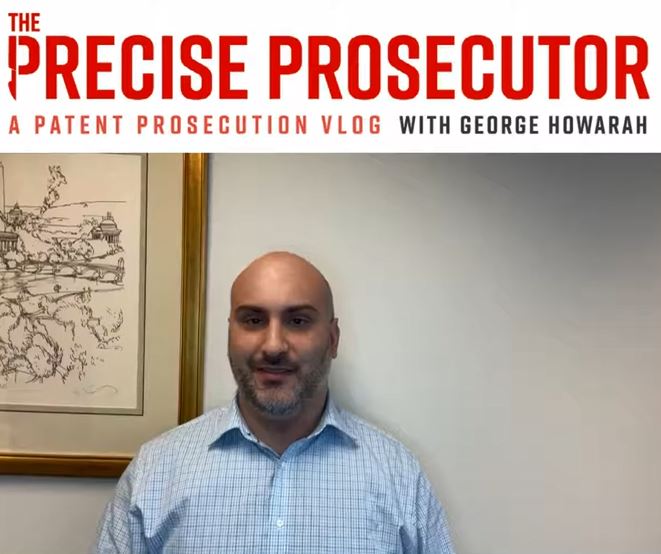Unveiling the USPTO’s Examiner Production System: Strategic Insights for Patent Prosecutors
Navigating the patent examination process at the United States Patent and Trademark Office (USPTO) requires more than just a deep understanding of law and technology—it demands insight into the operational metrics that drive examiner behaviors, notably the production system.
Understanding the Examiner Production System
At the core of the USPTO’s operational efficiency is a metric system known as “counts,” a performance evaluation tool that transcends traditional hour-based assessments. Examiners are evaluated based on their ability to meet specific count quotas within each bi-weekly period. These quotas are influenced by several factors: the examiner’s seniority, the technological complexity of the art unit assigned, and the total examining hours available in the pay period.
This system necessitates that senior examiners, due to their experience, are expected to meet higher count quotas. Meanwhile, examiners handling applications in technologically advanced or complex art units are allotted fewer counts, acknowledging the intricate nature of their examination tasks.
How Counts Are Earned
The allocation of counts is strategically set to ensure efficiency and productivity:
- A first Office Action on the merits awards an examiner 1.25 counts.
- Completing a final Office Action earns 0.5 counts.
- If an application is abandoned or an RCE (Request for Continued Examination) is filed, the examiner receives 0.5 counts.
- After an RCE is submitted, any subsequent Office Action, typically non-final, yields one count, with an additional 0.5 counts for a final Office Action, another RCE, or abandonment.
It’s critical to understand that the earning of counts is not directly correlated with the time spent on each Office Action, underscoring the USPTO’s emphasis on results over time spent.
Strategic Considerations for Patent Prosecutors
The examiner production system significantly impacts patent prosecution strategies. Examiners are under a structured time constraint to review applications, especially during final Office Actions. This makes it imperative for attorneys to submit clear, concise, and strategically focused amendments and arguments. Ensuring that your submissions are easily understandable can facilitate the examiner’s review process, potentially speeding up the examination process and improving the chances of patent grant.
A thorough comprehension of the USPTO’s examiner production system is invaluable for patent prosecutors. By aligning submission strategies with the nuances of the system, attorneys can navigate the patent application process more effectively, improving outcomes for their clients. Understanding how examiners are motivated and measured can transform a potentially opaque process into a more predictable and navigable path to patent approval.
Want more Precise Prosecutor? Check out other videos with George Howarah here!

